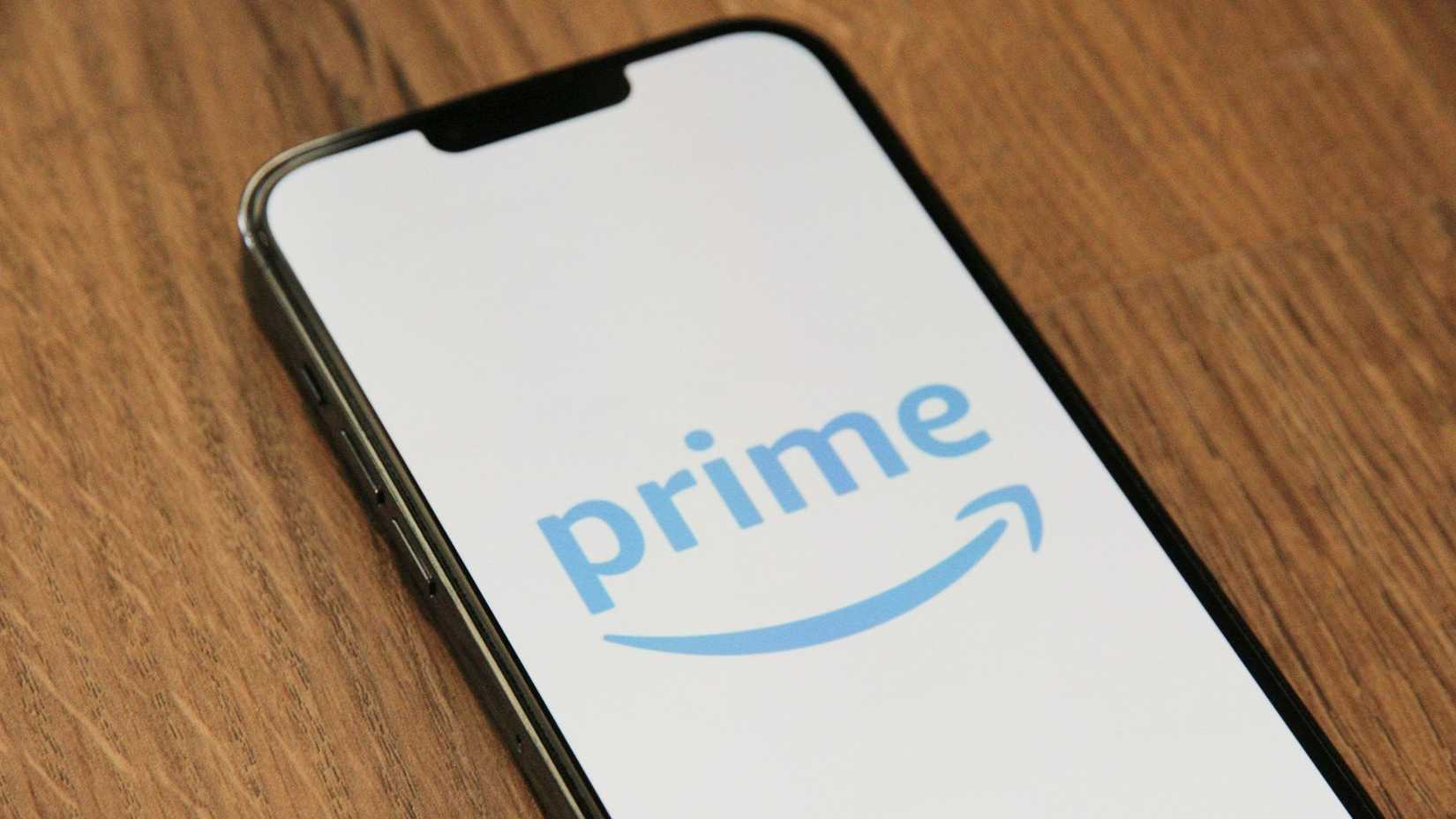A high-stakes federal trial kicking off this week in Seattle could force Amazon to rethink how it recruits and retains the 200 million US subscribers to its flagship Prime membership program.
As the New York Times reports, the Federal Trade Commission alleges Amazon used manipulative design choices called dark patterns to trick tens of millions of shoppers into enrolling in Prime and then made cancellation intentionally frustrating. In court filings, the FTC claims Amazon’s leaders knew the sign-up flow was confusing and that the internal cancellation process — code-named Iliad, a nod to the famously drawn-out Trojan War — was built to slow customers down.
Did Amazon’s dark patterns cross the line of legality?
The FTC certainly thinks so
Amazon, unsurprisingly, disagrees. The company insists Prime is popular because it offers real value: fast shipping, Prime Video, Whole Foods discounts, and other perks for $139 a year or $14.99 a month. “The way Amazon drives Prime subscribers is by making the service useful and valuable,” company spokesperson Mark Blafkin said in a statement to the Times.
Amazon was aware for years that it was taking consumers’ money without their consent, yet chose to do nothing about it. — FTC filing
Judge John Chun of the US District Court for the Western District of Washington has already made things interesting by ruling that two senior Amazon executives, Neil Lindsay and Jamil Ghani, could be personally liable if a jury finds Amazon broke the law. Chun also chastised Amazon for withholding tens of thousands of documents he said were improperly marked privileged, conduct he described as “tantamount to bad faith.”
Prime is more than just a subscription service for Amazon; it’s the engine of its e-commerce empire. Research from Consumer Intelligence Research Partners shows Prime members spend roughly twice as much as non-members, making the program critical to Amazon’s $44 billion in annual subscription revenue.
At the heart of the case is a question that could ripple across the subscription economy: Where do you draw the line between normal retention tactics and unlawful manipulation? The answer will lie with a jury.
Jury selection began Monday, with opening arguments set for Tuesday. The trial is expected to last about a month, after which Judge Chun will decide potential penalties if Amazon is found liable.


